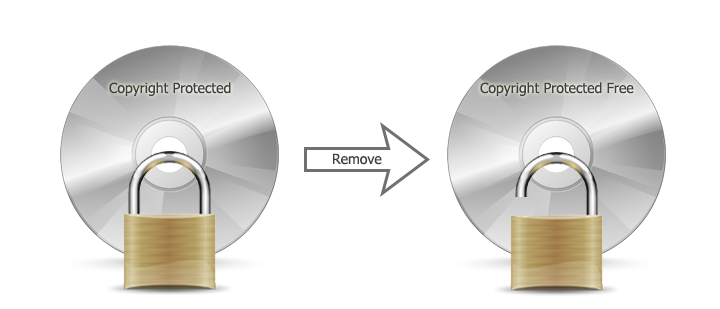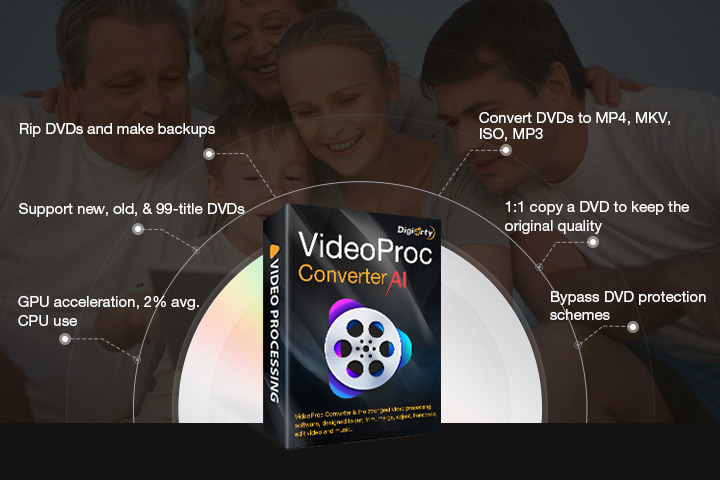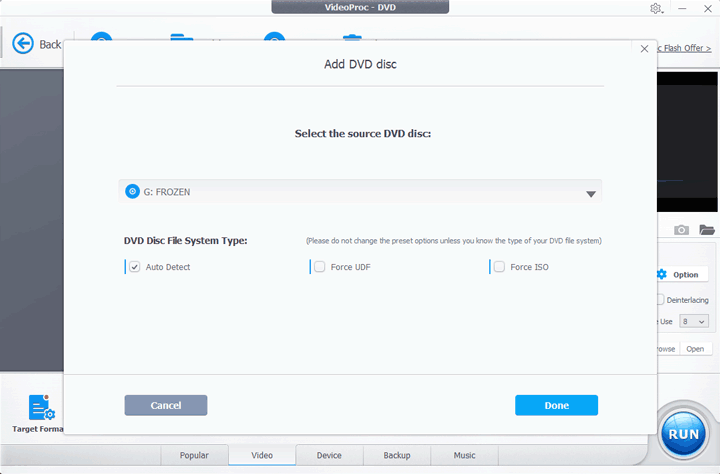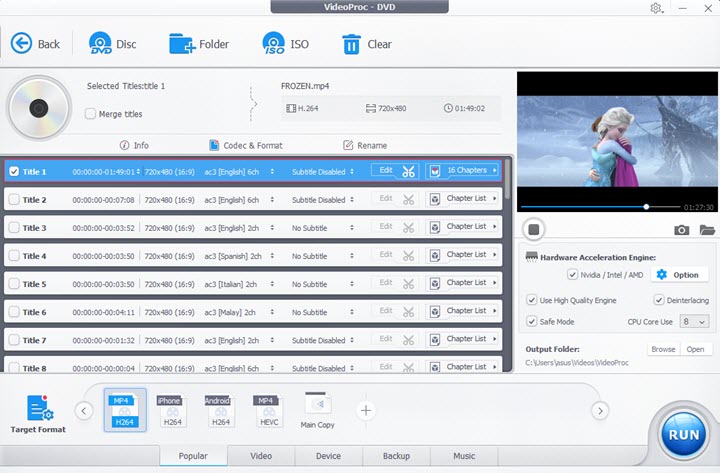Unraveling the intricate web of digital protections surrounding DVDs often feels like deciphering a secret code. Have you ever found yourself pondering the purpose of CSS (Content Scramble System) while attempting to decrypt a DVD? Perhaps you've come across the enigma of CPPM (Content Protection for Prerecorded Media). As you embark on the journey of liberating content from the clutches of protection mechanisms, questions arise: Why do the majority of commercial DVDs employ CSS safeguards, and what exactly is CSS? Is CPPM truly a 'stronger' fortress for decrypters to conquer?
In this article, we'll break down CSS protection on DVDs and demystify why it's used. We'll also look into CPPM and see if it's really a tougher nut to crack for decrypters. Whether you're just curious or an experienced decrypter, we'll guide you through removing CSS protection and accessing the content you want. No need for a digital adventure analogy - let's get straight into understanding CSS and freeing up your content!

What Is CSS
CSS here is short for Content Scramble System that is a common encryption scheme used on DVD-Video discs. It can be considered as an advanced regional restriction. The aim is to prevent discs being read, analyzed and copied for illegal purpose. It is similar to other DVD copy protections or digital rights management (DRM) systems like region codes, DVD-Cops, Burst Cutting Area, ProtectDisc Video and LaserLock.
CSS can be applied on a player (hardware) to encrypt the playback protection, a drive to prevent reading disc data or a disc to deny the accessing unless a secret key or authentication is provided.
What Is CSS Protected DVD
A CSS protected DVD is always a commercial DVD that is encrypted with CSS. Specifically, a title key is embedded in small sections of all Packs of the disc.
The DVD keeps the encrypted feature and the copyright data. If your CSS-protected DVD is not equal to the DVD-ROM's region, the DVD-ROM cannot read the DVD. If you want to remove the DVD CSS protections and rip the DVD successfully, you need a DVD CSS remover.
Disclaimer: If you want to rip the copy-protected DVD for personal use, you should refer to some laws in your countries and regions.
Which Is the Best DVD Ripper for CSS Protection Removal
VideoProc Converter AI is one of the best tools to deal with CSS-protected and other encrypted DVDs.
It supports both new and old movie DVDs, exercise DVDs, Japan DVDs, game DVDs, music DVDs, animation DVDs and so on without hassle.
Not only a CSS decoder, it is also a beginner-friendly video editing application with DVD ripper, video/audio conversion, resizing, downloading and recording features.
- It offers up to 47x real-time faster conversion for DVDs and videos.
- It can rip a DVD to MP4, AVI, MKV, ISO and so on with 420+ ready-made profiles.
- You can cut, trim, crop, join, subtitle, and rotate your DVDs upon ripping.

How to Remove CSS Protections from DVDs
You can make a CSS protection removal and backup your DVD With VideoProc Converter AI alone. Just follow the simple instructions as follows.
Step Zero. Install VideoProc Converter AI.
After downloading VideoProc Converter AI on your Windows PC or Mac, you need to install it following the wizard.
Step 1. Insert your DVD into the drive.
Find your DVD with CSS regional restriction. Insert it into the drive of your computer. And wait for VideoProc Converter AI to scan and read the DVD information and data. You'll find that the software has no problem recognizing it.

Step 2. Choose a backup mode or format.
After VideoProc Converter AI loading the DVD, you can choose to either make a 1:1 backup of the original DVD (sector-by-sector), copy the main title only or convert the DVD to MP4, MKV, MPEG, Apple TV, iPhone, Android, YouTube or other formats.
Other tips:
- We suggest you check Hardware Acceleration Engine to enable VideoProc Converter AI make intelligent use of your GPU and CPU.
- You can choose any file and folder on your computer or connected HDD to save the output file by setting the Destination Folder.
- To get full control of the quality or the file size, you can customize the settings and adjust the details.

Step 3. Start removing CSS and ripping the DVD.
Once you click RUN button, the software will do CSS protection removal on the background automatically. It will affect the ripping speed. Soon you will get the output video file with no restrictions. You can play back it anywhere.









